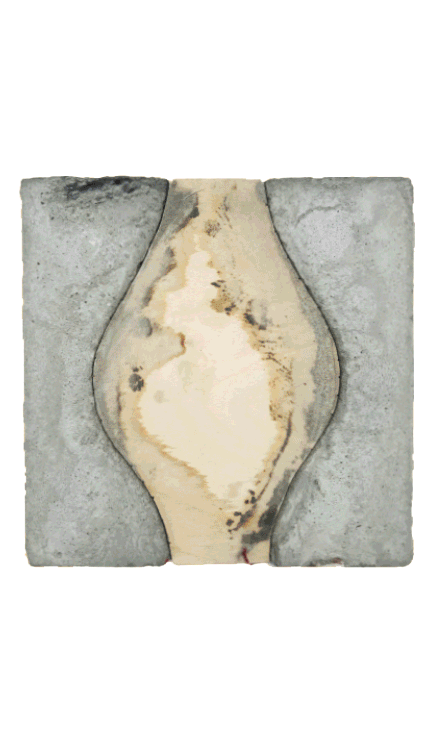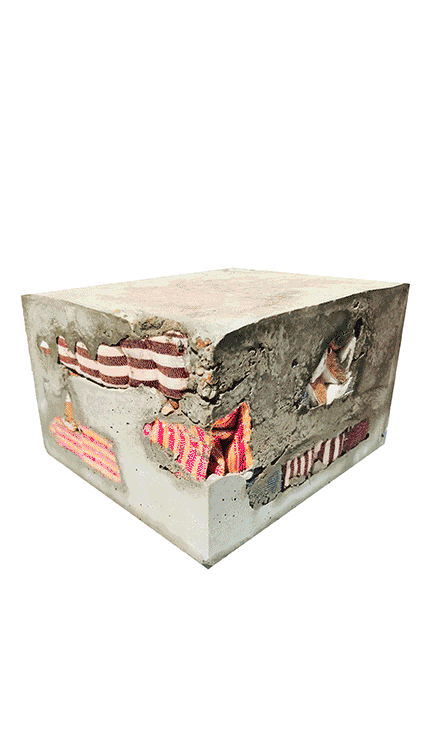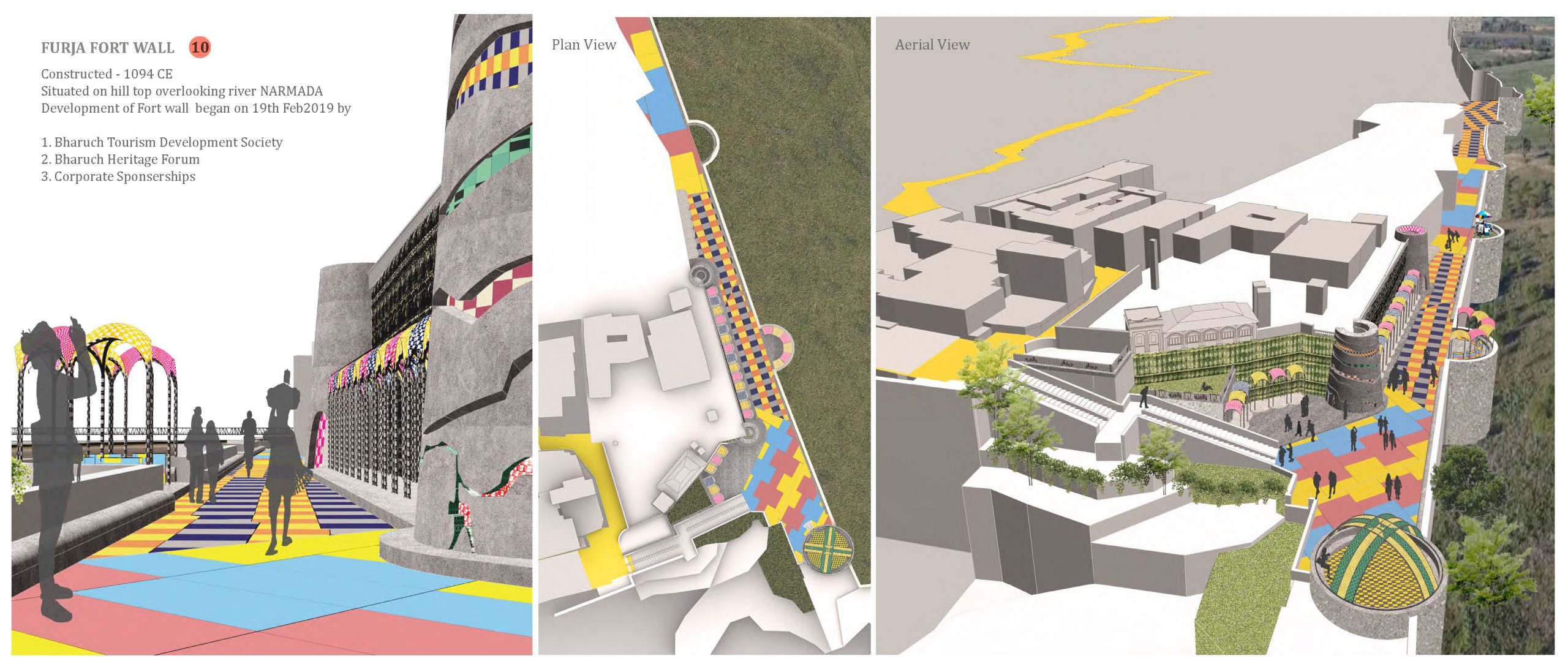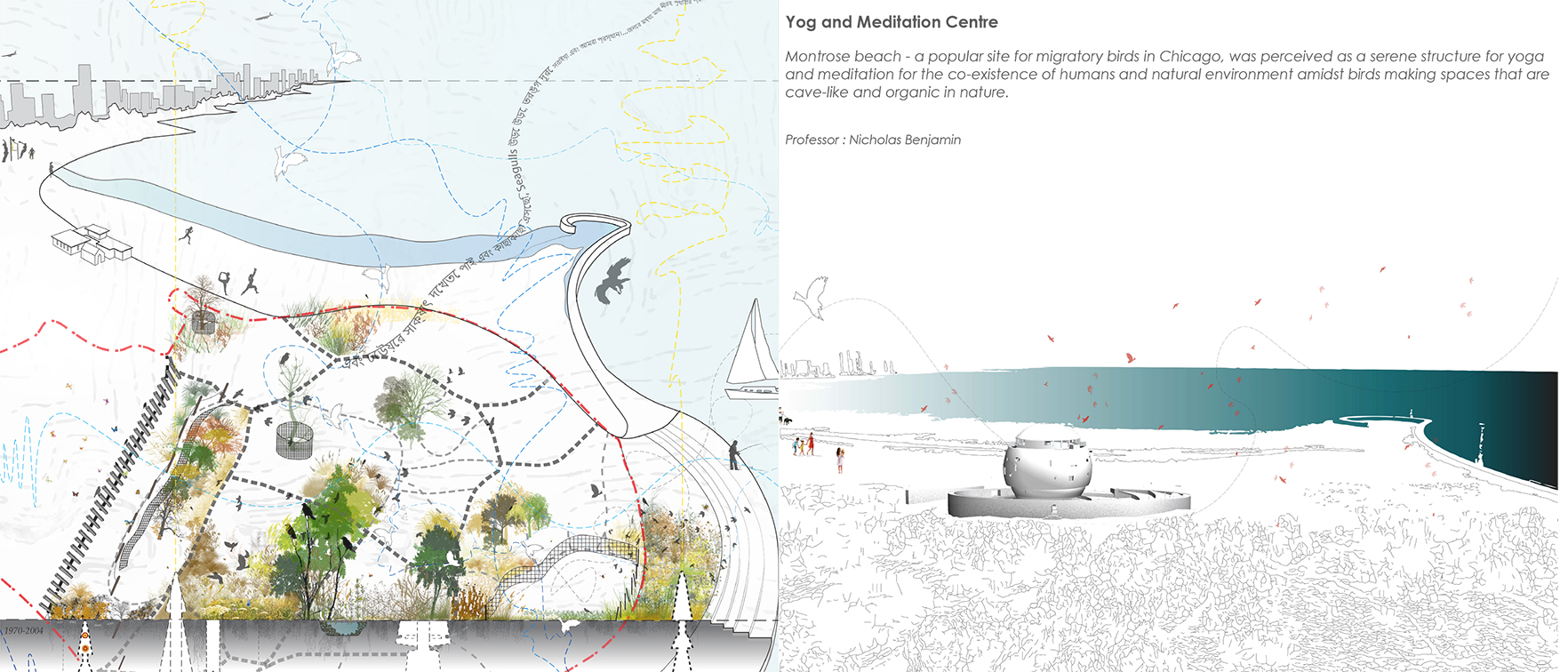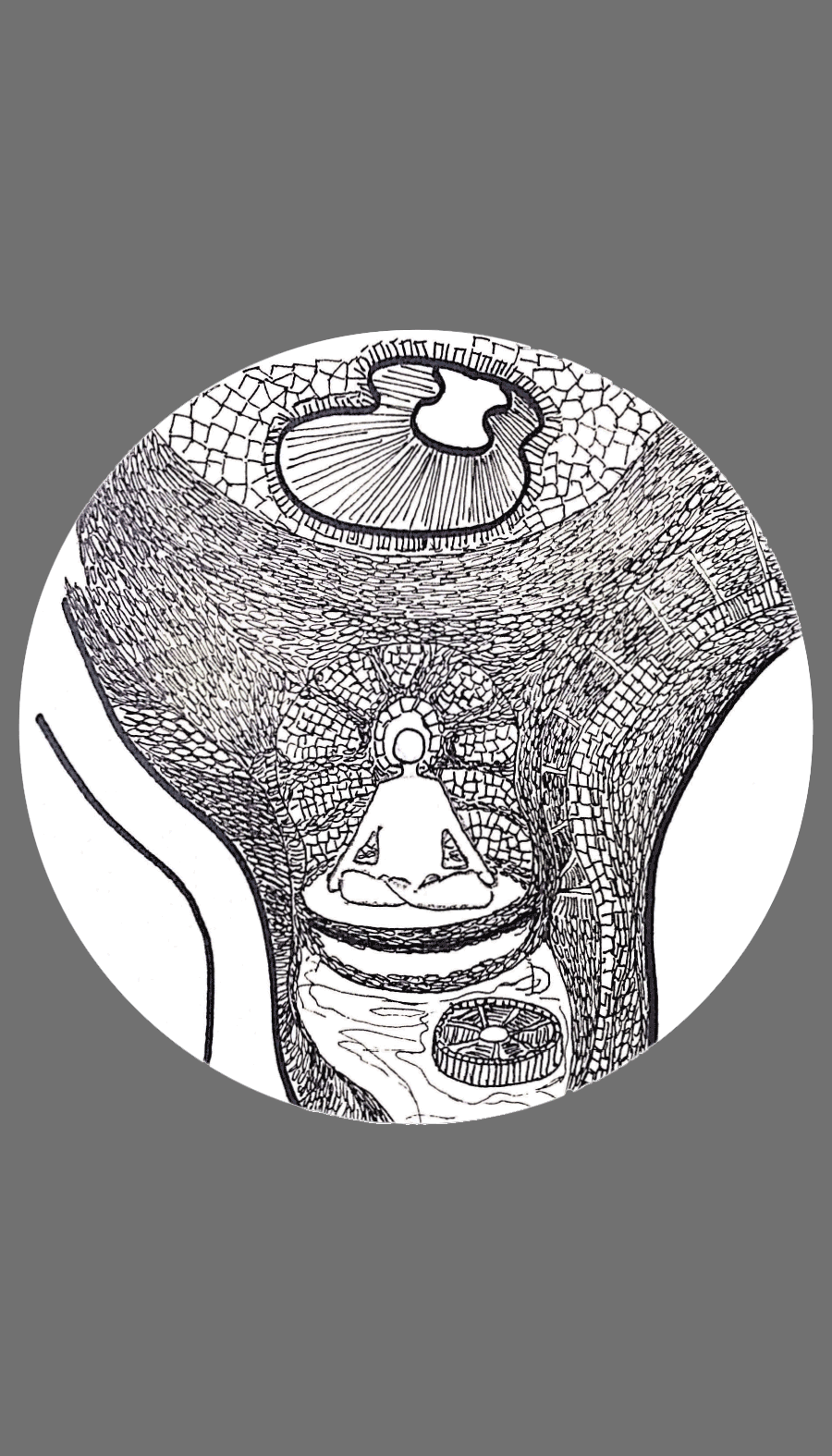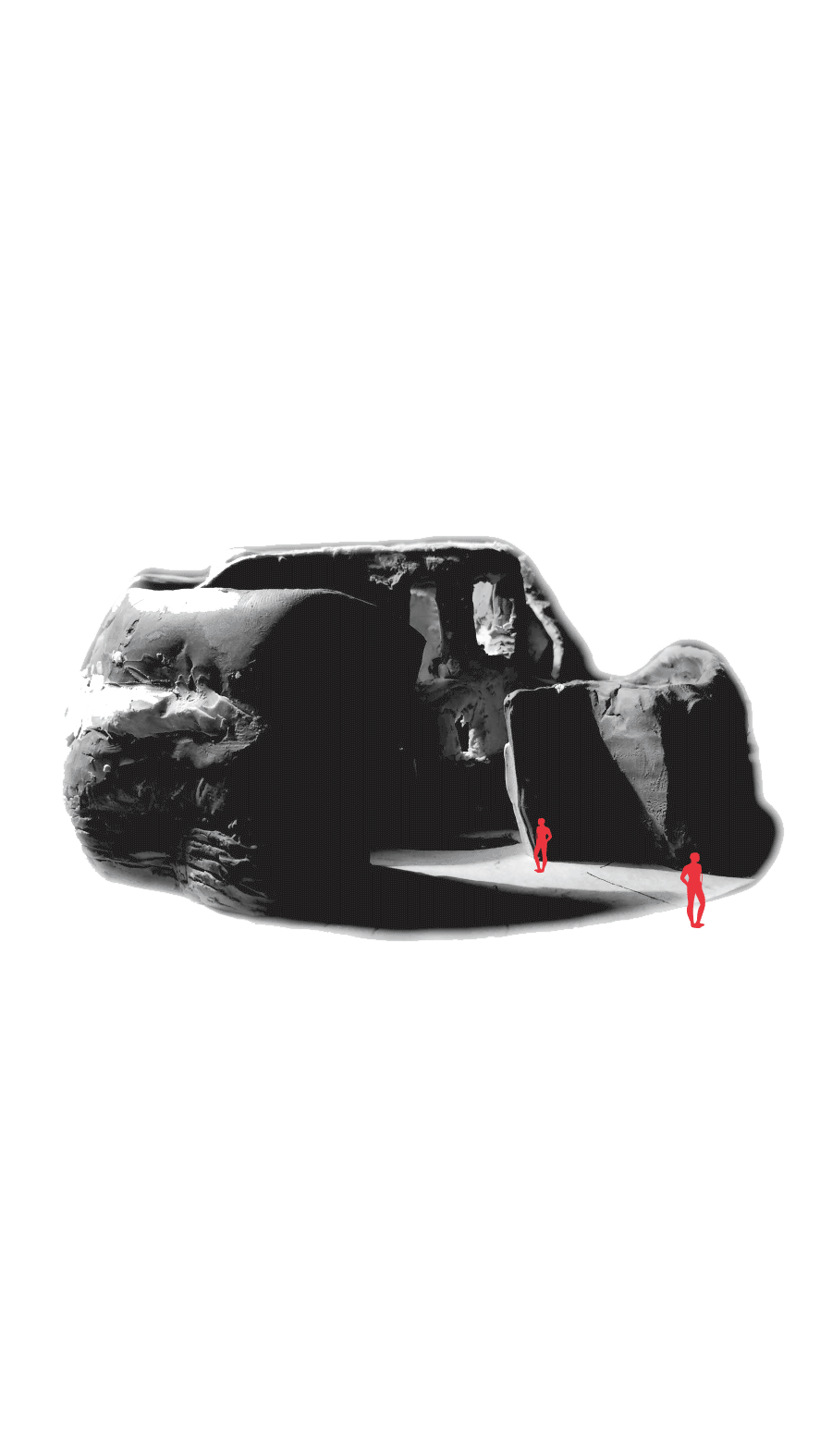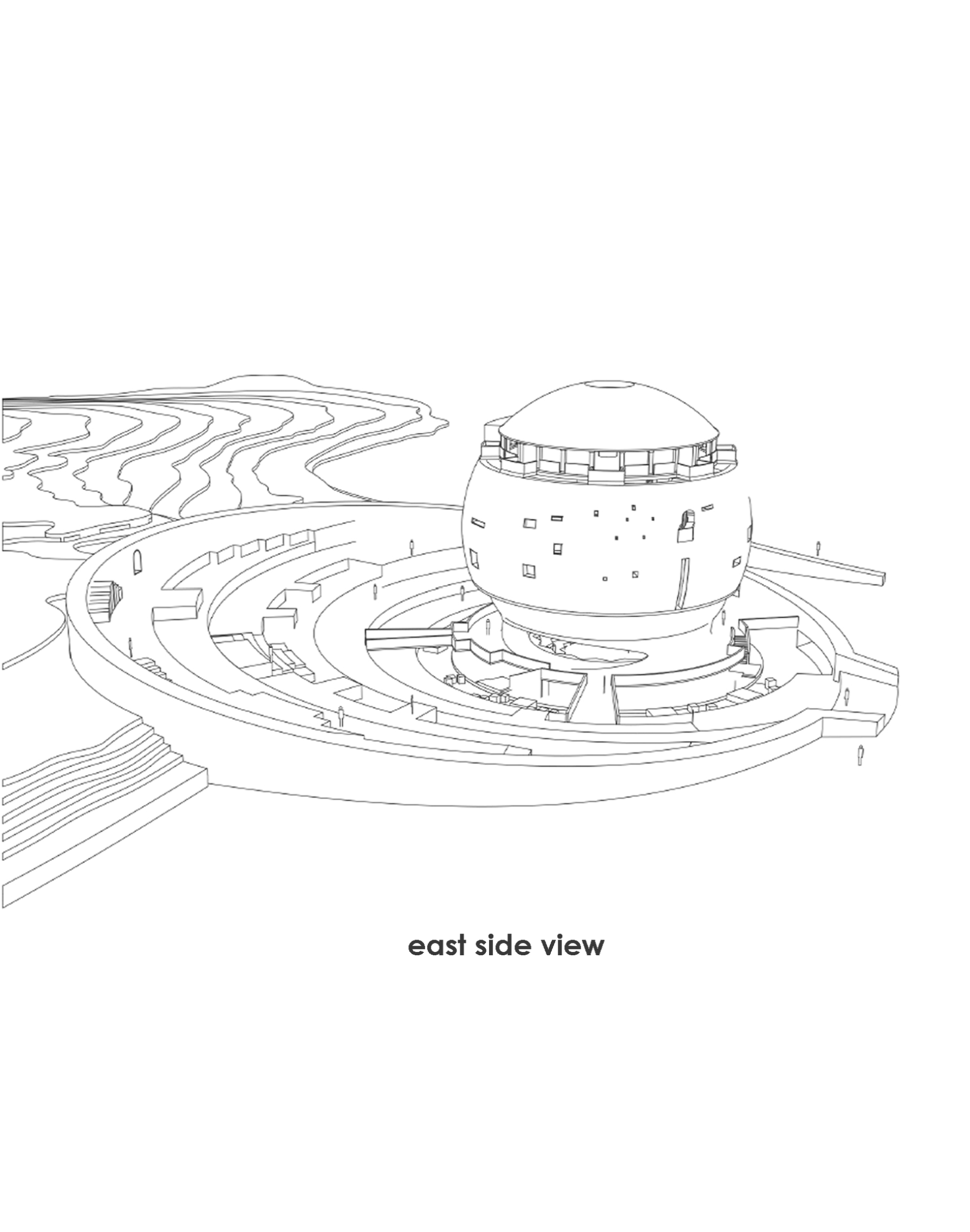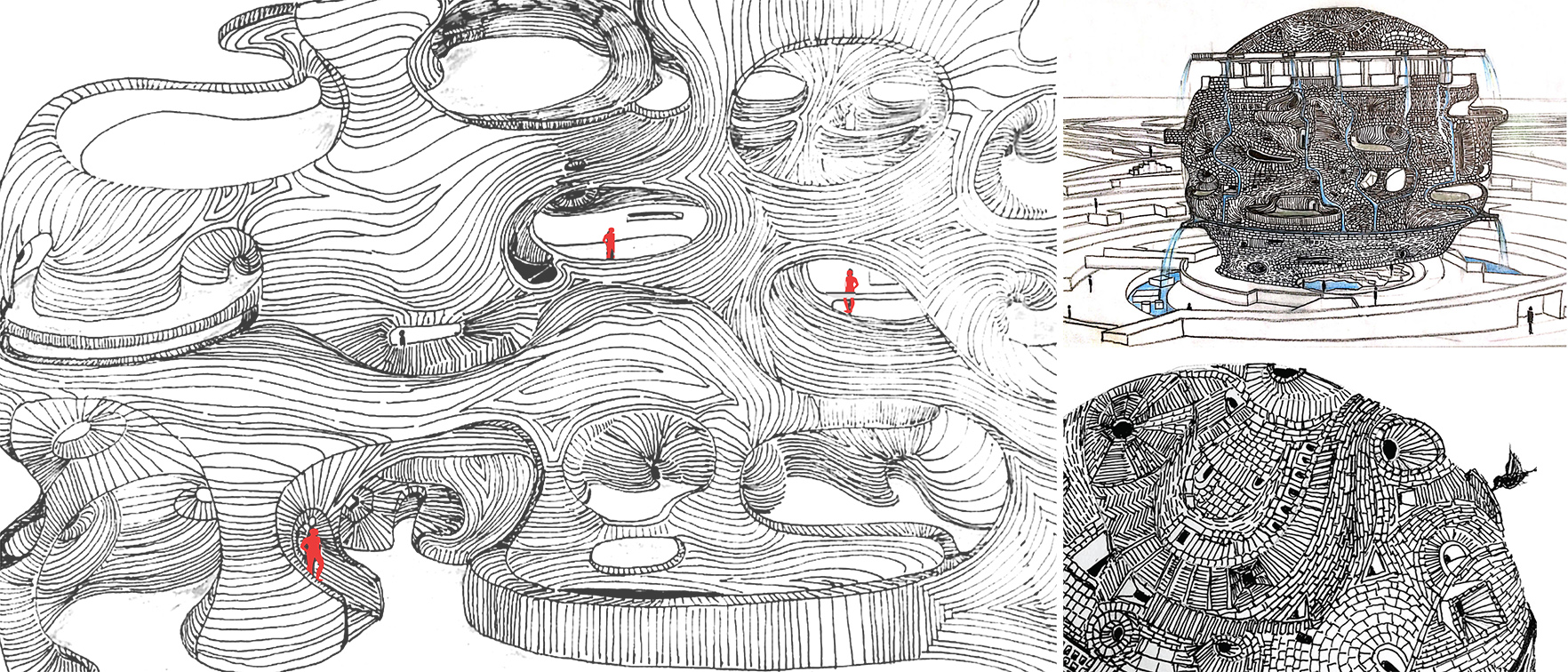It is through the practice of craft that one connects to the history of the people, place, and their culture. Every civilization throughout history has had a textile tradition through which people learn and sustain their social, civic, and religious practices. Semper argued that architecture’s origin was not in nature but in fact in ‘textiles’…and saw the wall as a woven enclosure with carpets and tapestries being the first spatial demarcations describing wickerwork as the “essence of wall.”(Semper, 1989)The craftsman involved in making such crafts that are passed on through generations are extremely knowledgeable, culturally rich and yet their livelihoods and skills are in danger today. It is observed that as the main stream society continues to progress, the craftsmen sees de-appreciation for their skills and lowered value of their workmanship which eventually results in the loss of the craft and with that, an entire legacy of knowledge.
A textile craft of a 200-year-old pocketed quilt named ‘Sujani’ calls for preservation today. The reasons for its decline are the lack of awareness and disinterest among normal public for the craft. A renewed experience of an existing ‘heritage walk’ is perceived as a giant exhibition ground for Sujani, to pull the craft out from its remote setting onto the streets, giving it the space to breathe a new contemporary life for its survival. “Through the visual representation of mapping, geography and history is mediated by time and space – by landscape and narrative. Therefore, the connection between place and narrative is intrinsic to heritage. It provides the setting for an inner landscape of places and memories, which establishes ‘landmarks’ from which the story is told. The stories of the past help inform and shape the perceptions of histories. Landscapes are tangible in terms of their physical location and character that defines the place and intangible in terms of the process of memory in place”. (Peens Macarthy I., 2013)
The aim of this research is to study this local craft and bring awareness for the craft among wider public by articulating the existing architectural sites of historical significance. This thesis tests the potential of crafts through its ‘Integration’, ‘translation’ and/or ‘supplementation’ using current techniques and argues that a local craft can be preserved through architecture for the interpretation of a cultural condition within the fabric of its belonging.
The project proposes a “Cultural walk” as a way to weave connections and allow familiar engagements within the existing heritage scenario. Merging with the current and ongoing project by “Bharuch Heritage Walk Initiative”, launched by “Bharuch heritage forum” and “Bharuch Tourism Development Society”, the proposal envisions a future for the city of Bharuch that would employ crafts as a way to connect with the city’s historic landscape in a unique way. By combining the heritage structures with the experience of the indigenous quilt, it suggests awareness for the craft opening the city to the lens of sentimentality as a form of nostalgia and also as means of production to preserve the craft. With the strong belief that Sujani can live in the memory of people as a part of collective consciousness through vision, touch and knowledge, while keeping the scale of the existing walk in mind, the project takes into consideration 5-historically significant sites of the 16-existing ones along the heritage walk to make meaningful interventions for each of the five. The selection of these sites is a careful consideration based on the historical as well as cultural significance and their location along the trail.
Exploring with building materials such as poured concrete and ceramics with slip-cast + 3D-printed technologies, the study further enhances the inter-disciplinary role of architecture highlighting the role of crafts in the landscaping of the city’s fabric. Use of Sujani quilt is either integrated/ translated / or supplemented in ways to re-think five scenarios building interactions, connections, and dialogue for the craft while securing a socially strong and culturally rich communities.

